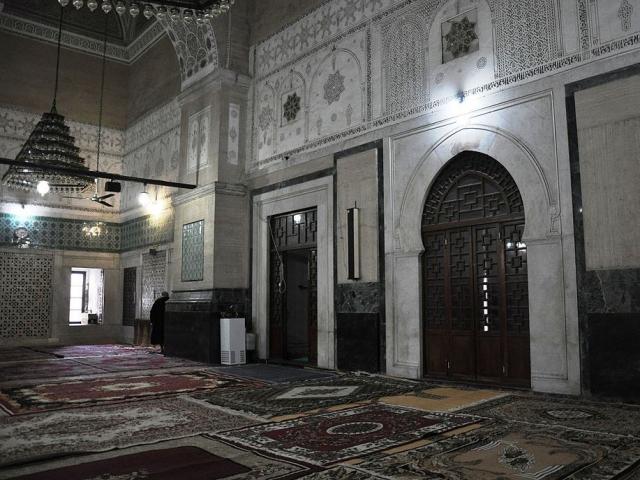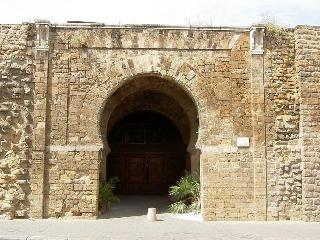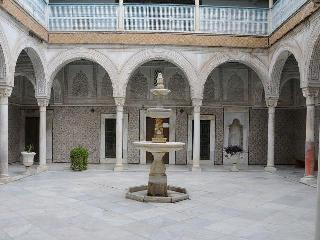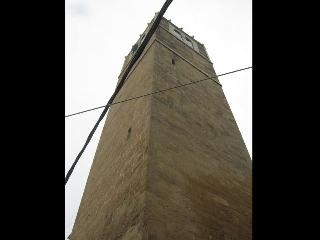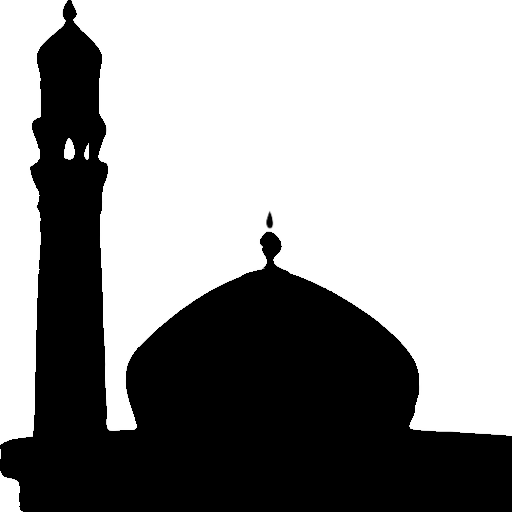- Saheb Ettabaâ Mosque
-
Saheb Ettabaâ Mosque
Saheb Ettabaâ Mosque, also Youssef Saheb Ettabaâ or Halfaouine Mosque, is a historic mosque located in the Tunisian capital, Tunis. The mosque was built between 1808 and 1814 AD, by Youssef Saheb Ettabaâ, the Grand Vizier during the reign of Bey Hammuda ibn Ali Pasha. The mosque is distinguished by its architectural style, which is influenced by Italian architecture. Saheb Ettabaâ Mosque includes the tomb of Youssef Saheb Ettabaâ in addition to the Madrasa Saheb Ettabaâ, and it was inscribed as a UNESCO World Heritage Site in 1979 as part of Medina of Tunis.
The site is one of the elements that make up the UNESCO World Heritage site, Medina of Tunis. by Youssefbensaad, CC BY-SA 4.0, via Wikimedia Commons
by Youssefbensaad, CC BY-SA 4.0, via Wikimedia Commons by Noomen9, CC BY-SA 4.0, via Wikimedia Commons
by Noomen9, CC BY-SA 4.0, via Wikimedia Commons by Rais67, Public domain, via Wikimedia CommonsElevation: 7 m
by Rais67, Public domain, via Wikimedia CommonsElevation: 7 m
Humidity: %Wind:Powered by: OpenWeatherMap
Saheb Ettabaâ Mosque
World Heritage Site
Date of Inscription
1979

19th Century AD
Islamic
Islamic

Islamic Monuments
- Page Access
-
- 3.7 Average Based on 15 Reviews
- You May Be Interested In
- Related Links
- Add Your Comment
-
The published comments do not represent the opinion of our site, but express the opinion of their publishers.Please Log in to post your comments.

